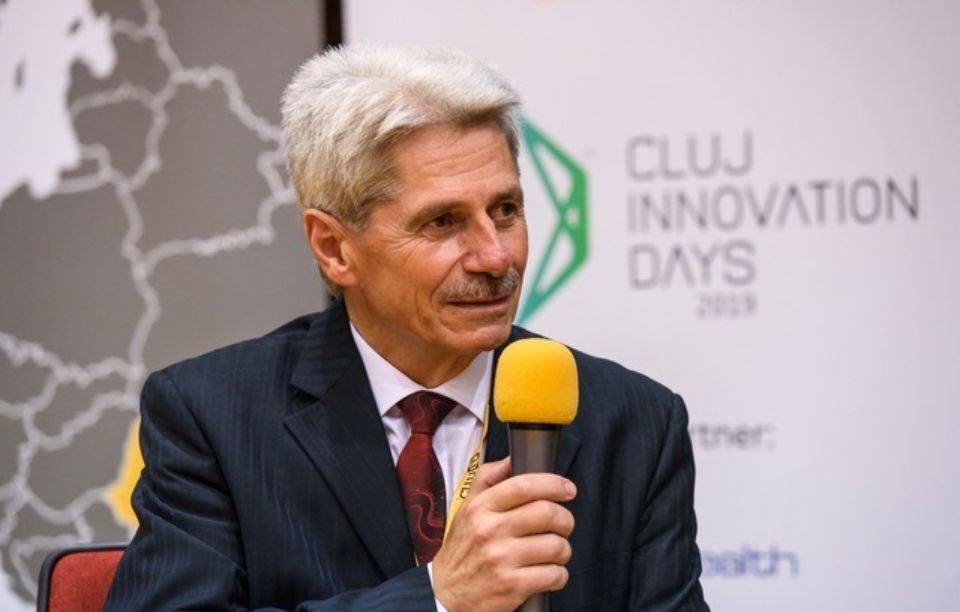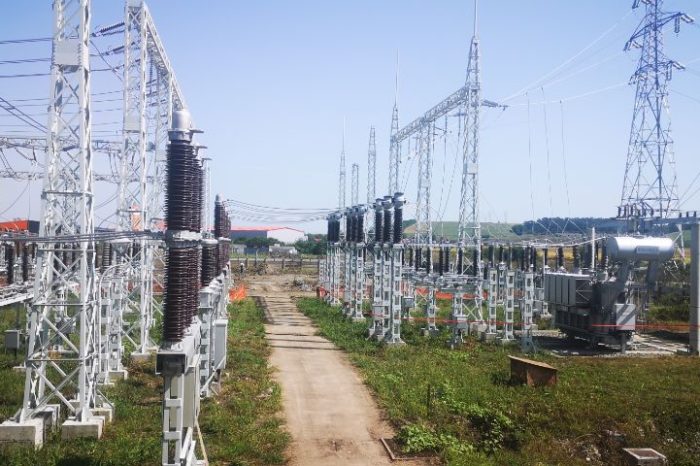On Heroism and Complicity

(Opinion by Alexandru Tulai, vicepresident, CLUJ IT Cluster)
In this article, I will address a topic very often met in companies and that greatly impacts the atmosphere in an organisation: a character which I define as Hero. At the beginning of his life-cycle there is a positive effect and a growing profile, both internally and in relation to third parties. This phase has a relatively short duration, but the effect is prolonged (the landing period) due to the inertia of perception on the part of those around him. During this long period of decline, toxic effects start showing up in the organisation. The ambiguity of Hero’s real position generates a kind of solidarity which is rather, amongst coworkers, a complicity to the effort of maintaining his image, in the (not always false) hope of a select few to associate themselves with previous glory. This lack of clarity, full of frustrations and resentments, is possible due perhaps to the absence, misunderstanding, non-compliance, and eventually failure to commit to clear values of the company, explicit and exemplified at every step by the leadership of the organisation. In this instance we can see the effect of limited decision-making capacity at the level of top management. To promote one’s own values requires consistent and continuous decision-making. The aforementioned failure is one element of top management’s complicity to the weak competitiveness of the company.
What I find interesting about Hero is the transformation he goes through during his time in the organisation. In my opinion he is a tragic character. I see his performance get confined to the context that led to the creation of his image, and refusing any attempt to progress – either in the current direction, or by changing course, where he may start with the built-over-time foundation and capitalise on it in a different way. In the latter case he might have a real chance to evolve on another path, but in the vast majority of cases I have encountered these chances are blocked by a deeply narrow perspective on things. Exempted from this trajectory are those who do not have the power to undergo this transformation. In my opinion, this weak-mindedness is the result of an incredibly feeble culture. The tragedy comes from the fact that such positioning leads to the freezing of his capacities, things constantly evolving around him all the while. What is then left for him to do, in order to preserve the order of things which presumably perpetuates his projected image for as long as possible? It is the abuse applied to those around him, and a masterfully practiced self-pity meant to attract compassion (complicity even) from the abused. The first visible effect of this situation is Hero’s inability to train other specialists. Nothing grows under his shadow. Those who could do so either leave or become blasé. Those who can endure it are, at best, mediocre.
How does Hero’s development proceed? It starts with a positive, relatively strong organisational component. What stands out from the start is the effort he puts in: for himself, primarily, with the organisation of secondary importance. The context in which this episode takes place is the organisation’s launch on the market. For this reason, it is understandable that top management, as generator of the initial solution, does not distinguish between the volume of effort and the added value delivered. It does not register the real, personal contribution of this character and it’s result on the quality of delivery. The desire for organisational growth on the part of management leads to projecting on the Hero, based on the effort made by him, a large chunk of its own results, so that the illusion that the organisation is under constant development is further supported. The management’s motivation for doing so is strong – it wants to consolidate the organisation’s image on the market, and not the images of one or several characters, but the real measurement of this process’s result is false. It is about the self-reassurance of management hat there is a real organisation and a powerful one at that.
The situation can get further complicated by the fact that the added value is considered adequate or surplus, topped off by a volume of effort which may be impressive. A low level of maturity (compared to that of the supplier organisation) in the case of the client organisation can also contribute to the formation of this character, when the total delivery is more than the latter can truly absorb. Usually, such an organisation associates the total of the received added value with the character operating this transmission. It is the method through which this character is “certified”, obviously in a false manner, in the context of the organisation’s growth and its delivery of an important contribution. This is the moment when organisational folklore takes over, by creating the image of the man turned Hero.
So far, everything is good, beautiful, and useful. Provided with the chance of growth, everything around the organisation changes. For the better, obviously. As a result, with the growth of the organisation, the position of Hero is itself strengthened. And rightly so. There is a high degree of objectivity in this process. Hero’s contribution is real, even if its dimension is much overestimated. We are very close to the junction leading either to the creation of a real leader or, conversely, of an imposter. This is the point where the influence of the training context on the chosen path (from the two potential ones), namely the future of Hero, is best felt (see the article: “On Imposture and the Need for Trust”).
The missing ingredient in Hero’s palette of skills / abilities is his decision-making. It is the place where top-management (capable of leadership) systematically intervenes, without seemingly having any contribution to the total delivery. In reality, the time of top management gets fragmented to the maximum, and most of its activity consists of tens or hundreds of small decisions, almost imperceptible ones, taken daily and leading to success. In order to be able to generate this series of decisions a good, objective and complete understanding of the internal and external organisational context is required. The result is also a form of complicity on the part of top management in creating a false image of a strong organisation, through participating (perhaps consciously) to the creation of an imposture situation.
Why do the majority of those around Hero endure abuse and even show him compassion? Is it because of an innate lack of understanding amongst employees of their real position in the organisation and the knowledge of its own, real added value, capable of naturally leading to self-esteem? Or is it about an already existing state of confusion inside the organisation, based on the inefficiency of a system that should be capable of objectively evaluating the skills / competences and the quality of delivery, according to the company’s values?
I will return to the topic of the training context, and respectively, of its manifestation, in a future article.













